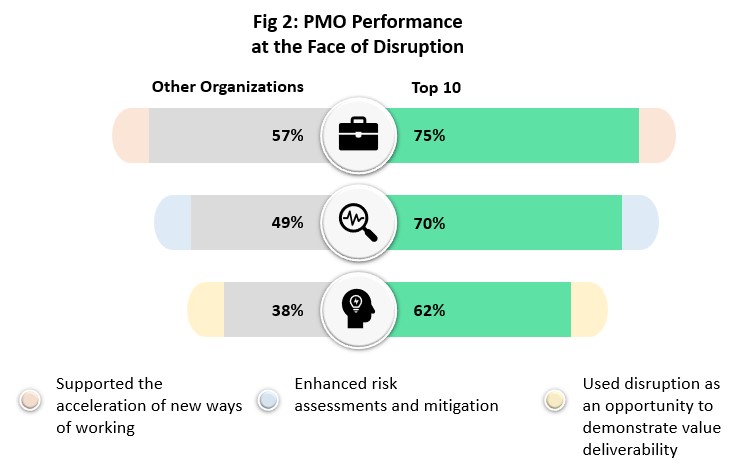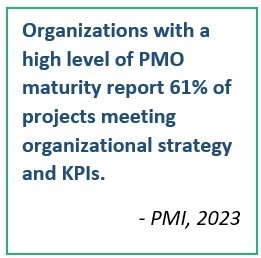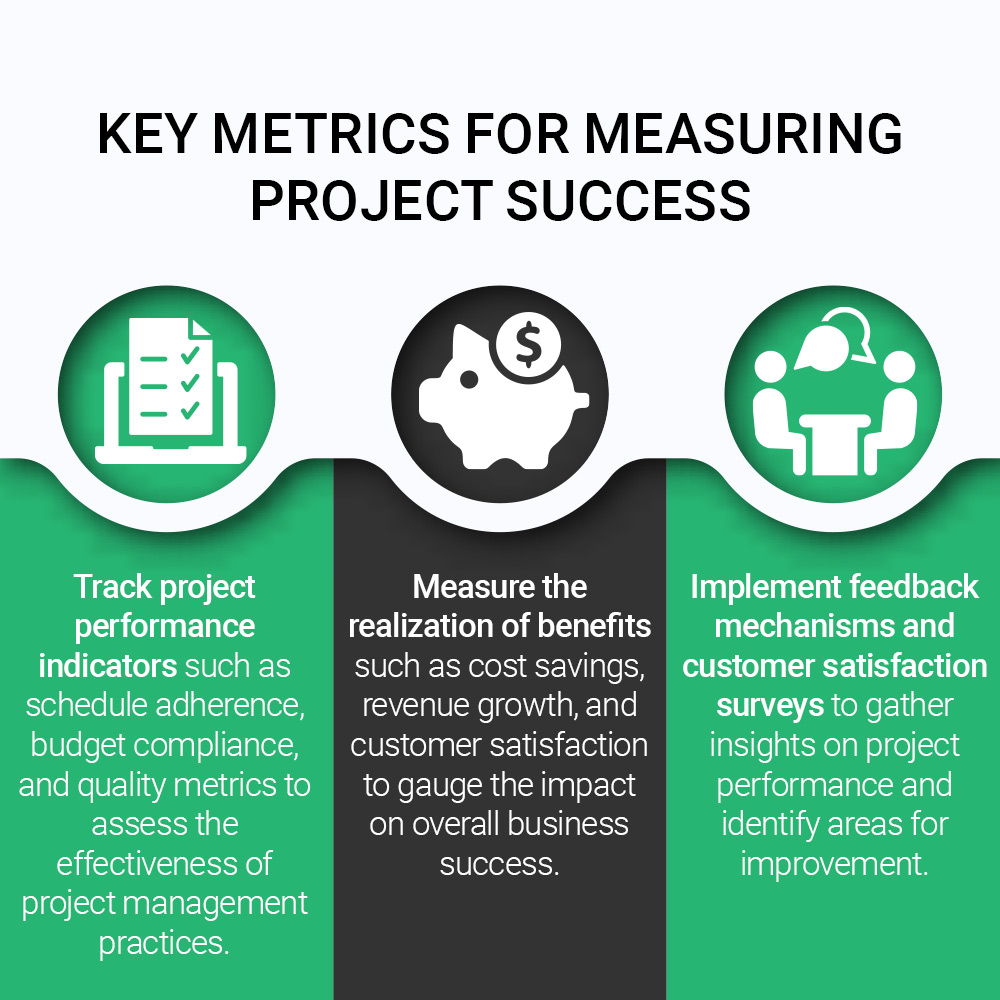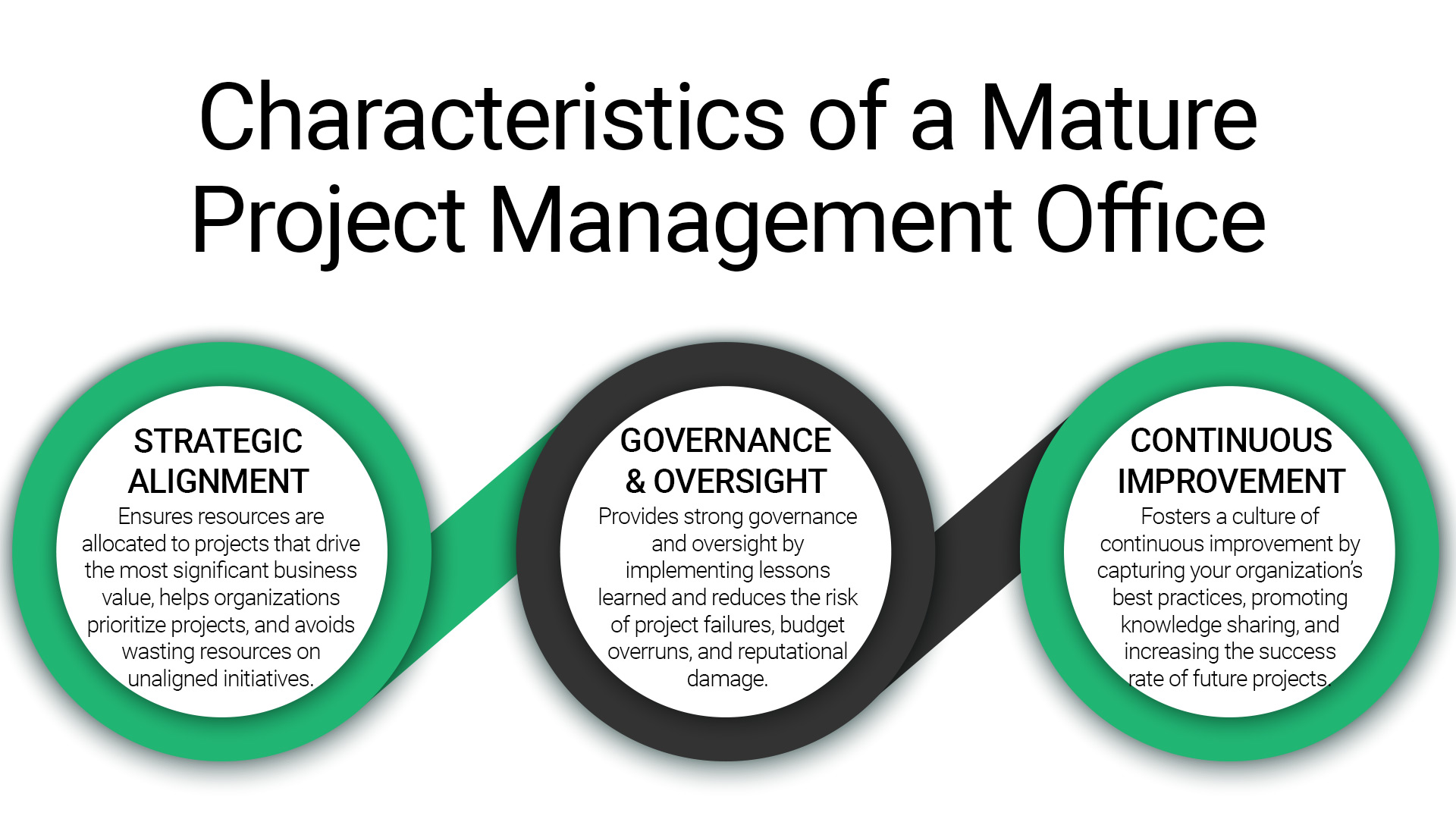
Have you ever wondered why some projects succeed while others fail? What sets them apart?
One key component of successful project management is the establishment and efficient operation of a Project Management Office (PMO). The PMO ensures successful project delivery while effectively managing resources, stakeholders, and risks. The PMO acts as a central hub for project management activities, ensuring consistency, standardization, and strategic alignment across projects.
However, without a well-structured and properly functioning PMO, organizations risk facing chaos and a higher probability of project failure. In this article, we will explore the significance of the PMO, its impact on project success, and the potential risks of neglecting its importance.
The Value Delivery Imperative and Project Manager Office
Delivering value is the ultimate objective of any project. Organizations strive to achieve their strategic goals and drive business outcomes through successful project execution. Therefore, the true value of a PMO lies in its ability to deliver results.
According to the Project Management Institute (PMI), organizations with a mature PMO report significantly higher project success rate than those without one. High-performing project offices contribute substantially to value delivery, so:
- 73% met original project/business goals,
- reduced investment waste to 9%,
- and 39% achieved high benefits realization process maturity.
- (PMI, 2021)
Additionally, organizations with a proper project management office definition had at least 64% of their projects completed within their original budget, compared to just 59% without a project office.
These numbers demonstrate the tangible benefits organizations can derive from investing in project offices and the significant impact that a well-established PMO can have on project success.
What Happens When You Neglect Your Project Office?
Organizations that overlook or misunderstand what is PO in project management risk budget overruns and project delays and lag behind their competitors.
misunderstand what is PO in project management risk budget overruns and project delays and lag behind their competitors.
The PMI and PwC Global Survey on Transformation and Project Management 2021 statistics in Figure 1 showcase how the top-performing 10 % of PMOs (referred to as ‘Top 10’) improve organizational operations compared to average-performing PMOs in organizations. The Top 10 use technology to review projects and programs, have regular communication checkpoints, and involve the decision-makers of their companies in their processes.
Organizations without a PMO, or with an ineffective one, may experience:
Lack of Standardization
In the absence of a PMO, project teams may adopt inconsistent methodologies, processes, and tools. This lack of standardization hampers communication, coordination, and collaboration across projects, leading to inefficiencies and increased chances of project failure.
Resource Misalignment 
Without a PMO's oversight, resource allocation becomes fragmented and uncoordinated. Projects may compete for resources, resulting in bottlenecks, delays, and compromised project outcomes. This misalignment of resources wastes valuable time, money, and effort.
Limited Risk Management
Neglecting the PMO diminishes your organization's ability to identify, assess, and mitigate project risks effectively. Projects become vulnerable to unforeseen events, and issues escalate, potentially derailing project schedules, budgets, and overall success.
Measuring Project Success with PMOs
To amplify success, you must measure the right metrics and key performance indicators (KPIs) that align with your organization’s strategic objectives. A PMO serves as the hub for collecting and analyzing project data, enabling organizations to make informed decisions. It plays a crucial role in establishing a robust measurement framework that enables organizations to gauge project performance and make data-driven decisions.

These metrics help you identify improvement areas, mitigate risks, and make necessary adjustments to ensure project success.
What Is Project Management Office Maturity? How Does It Influence Project Success?
PMO maturity refers to the level of development, effectiveness, and integration of the PMO within an organization. It is a crucial factor in amplifying project success and delivering long-term business value. Organizations with higher PMO maturity levels consistently outperform those with less mature PMOs.
According to PMI, companies with mature PMOs experience a 65% success rate in managing their governance, risk, and compliance, compared to only 37% of organizations with low PMO maturity. This staggering difference underscores the importance of investing in the development and enhancement of PMOs to achieve project success.
As organizations mature in their project office capabilities, they experience improved project performance and increased strategic alignment.
PMO maturity is measured based on the PMO's ability to perform key functions, such as portfolio management, resource management, and risk management. A mature PMO ensures that projects are executed according to best practices, resulting in higher success rates and improved project outcomes.
How Do You Know If You Have Mature PO Project Management?

The Importance of a Project Office: A Competitive Edge
Why is a PMO so important? In today's competitive landscape, organizations need a competitive edge to thrive. A well-functioning PMO acts as a catalyst for success by:
- Establishing standardized project management practices,
- Enhancing collaboration, and optimizing resource allocation,
- Facilitating knowledge sharing, lessons learned, and best practices, and
- Fostering a culture of continuous improvement and innovation within the organization.
Organizations with effective PMOs deliver 62% of successful projects on time (59%) and within budget (61%), resulting in a significant competitive advantage.
- (The State of Project Management Office 2022, PM Solutions)
The Power of PMOs: Leveraging Data and Analytics
The PMI and PwC Global Survey on Transformation and Project Management 2021 statistics display how the top-performing PMOs (referred to as ‘Top 10’) reacted when organizations needed to revamp their operations due to pandemic-induced disruption as compared to average-performing PMOs in organizations. The Top 10 embraced new ways of working keeping in mind the risks that came along with the disruption. They took the organizational overhaul to demonstrate project office value and relevance in today’s volatile business environment.
Transformation and Project Management 2021 statistics display how the top-performing PMOs (referred to as ‘Top 10’) reacted when organizations needed to revamp their operations due to pandemic-induced disruption as compared to average-performing PMOs in organizations. The Top 10 embraced new ways of working keeping in mind the risks that came along with the disruption. They took the organizational overhaul to demonstrate project office value and relevance in today’s volatile business environment.
In today's rapidly evolving technological landscape, the accessibility of data offers project offices a remarkable chance to transform their approaches. By tapping into the potential of data and analytics, you elevate project benefits realization through the seamless monitoring of real-time progress, proactive management of risks, optimizing resources, and making decisions backed by concrete data. The result is a more agile and adaptive project environment that propels projects toward definite success.
PMO vs. PM or Collaboration for Success?
It is important to recognize that PMOs and project managers are not in competition. Instead of experiencing a PM vs PMO conflict, if the two departments work collaboratively, organizations can achieve project success. While your project leaders focus on the day-to-day execution and delivery of projects, PMOs provide the necessary support, guidance, and governance framework to ensure alignment with organizational goals. The PMO acts as a strategic partner, offering project leaders valuable insights, tools, and methodologies to enhance project performance. By fostering strong collaboration between PMOs and project leaders, organizations can achieve synergy and maximize project success.
Conclusion
In today's fast-paced business environment, organizations cannot afford to overlook the power of effective project office management. Project offices play a vital role in amplifying success by delivering value, measuring performance, driving maturity, and leveraging data and analytics. By embracing the capabilities of project management offices, organizations can mitigate risks, achieve strategic objectives, and gain a competitive edge. However, failing to recognize the importance of PMO definition project management can lead to chaos, resulting in project failures, missed opportunities, and dissatisfied stakeholders. The statistics and insights presented in this article should instill a sense of urgency and motivate organizations to prioritize the establishment and growth of their project offices. By doing so, you can navigate the complexities of project management successfully and amplify your chances of achieving lasting success.
TrueProject is a cutting-edge predictive intelligence solution created to empower project management offices (PMOs) across various enterprises, transforming project execution. TrueProject can predict possible difficulties and opportunities with accuracy by leveraging modern data analytics and machine learning algorithms. This enables PMOs to proactively address possible risks, manage resources more efficiently, and make well-informed decisions to increase project success. TrueProject's real-time insights and predictive capabilities not only streamline your project management processes but also improve team interactions. PMOs can confidently handle complicated projects by detecting potential bottlenecks and traps ahead of time, assuring timely delivery and exceeding project goals.
 About the Author:
About the Author:
Serving as the CEO at TrueProject, Tom Villani plays a major role in shaping the company's strategic direction, driving growth, and fostering a culture of innovation. Prior to his role at TrueProject, Tom worked as the Senior Vice President, Digital Innovation at CAI, Vice President of Global Alliances and Partners at Hitachi Vantara, and held key senior executive roles with Information Builders, MicroStrategy and AT&T. Tom also serves in advisory board capacities in the areas of Big Data and IoT.
Endnotes:
- PMI. “The Evolution of PMOs: Delivering Value Through xMOs.” March, 2023. https://www.pmi.org/learning/thought-leadership/value-delivery
- PMI. “Measuring What Matters.” 2022. https://www.pmi.org/learning/thought-leadership/measuring-what-matters
- PMI. “PMO Maturity.” 2022. https://www.pmi.org/learning/thought-leadership/pmo-maturity
- PMI. “Pulse of the Profession: Beyond Agility.” 2021. https://www.pmi.org/-/media/pmi/documents/public/pdf/learning/thought-leadership/pulse/pmi_pulse_2021.pdf
- The PMO Leader. “PMO Success in 2023 and Beyond.” January 24, 2023.
- The Project Group. “Why Have a PMO? Definition, Advantages and Added Value of a Project Management Office.” https://www.theprojectgroup.com/blog/en/why-a-pmo-is-important/
- Duignan, Jennifer, and Hoye, Jason. “What will the Project Management Office (PMO) of the future look like?” April 03, 2023. https://www.pwc.com/us/en/services/consulting/managed-services/library/pmo-of-the-future.html
- Startup House. “PMO: Statistics, Benefits and the Changing Dynamics of Project Management.” June 02, 2023. https://start-up.house/blog/PMO-statistics
- PM Solutions. “The State of the Project Management Office (PMO) 2022.” 2022. https://www.pmsolutions.com/articles/Project_Management_2022_Research_Report.pdf





